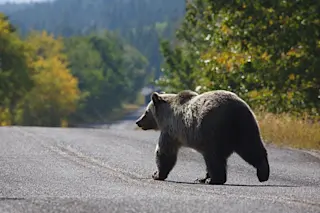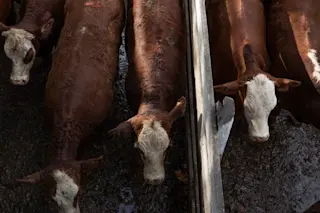Humans might be stuck at home, but at least the year-round residents of national parks are free to roam more than usual.
From bears in Yosemite to lions in Kruger National Park in South Africa, wildlife living in these protected ecosystems are moseying into places normally filled with humans and cars.
As strange as it might be to see bears lumbering down roads they normally avoid, it’s not too surprising they’re taking advantage of the empty spaces, says Tony Clevenger, a wildlife crossing researcher at Montana State University. “As you get people off trails and reduce the amount of human activity and movement in some of these rural-urban areas, wildlife really seem to key into that,” he says. And depending on how much these animals’ habits change — and how much they seem to benefit from having more space to themselves — park management might look different once humans are ...














